Are Yega Sheffield Coffee beans Arabica beans? the characteristics of Yega Chefe Coffee beans
Arabica varieties have a long history, high-altitude planting environment, generations of coffee planting-harvest-processing experience, to create a smooth and rich level of delicious coffee taste.
Ethiopia is a magical country. It is the origin of coffee beans grown in Arabica. The Kaffa forest is the beginning of all this, and Ethiopia is one of Africa's leading coffee producers. Ethiopia is the birthplace of Arabica coffee, there are thousands of natural coffee varieties, 99% of the coffee varieties can be found in Ethiopia. Because there are many varieties, it is difficult to identify and classify them, and the Ethiopian government is unwilling to disclose the information of these varieties because of the protection of natural coffee, so most of the coffee beans exported by Ethiopia are collectively called "Heirloom" native species.
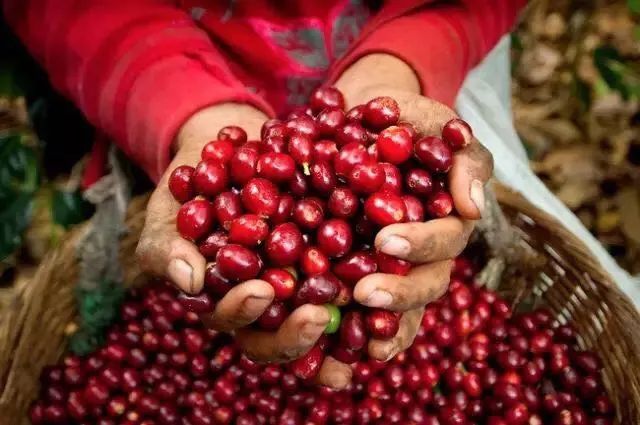
Native species account for 70% of all coffee production, Arabica coffee accounts for 80% of all coffee production, and its excellent flavor and aroma make it the best of all coffee native species. Ethiopian coffee beans are usually of different sizes, and are smaller than those of other producing countries, with a more round shape and a small bean body, mostly between 14 and 15 mesh.
Arabica beans usually appear as boutique coffee. However, its resistance to dryness, frost, diseases and insect pests is too low, especially the natural enemy of coffee-leaf rust, so all producing countries are committed to variety improvement. It turned out that all the commercial coffee in the world was small-grain coffee, but it was only at the end of the 19th century that growers began to look for other disease-resistant varieties because of the collapse of a large number of coffee farms caused by leaf rust. Small-grain coffee is still the most important coffee variety, accounting for about 3% of the world's total coffee production. It is mainly grown in Latin American countries, but also partly in Indonesia and the Pacific islands. The geographical and climatic conditions of Brazil, the largest coffee producer in the world, are very suitable for the growth of small-grain coffee, and the main coffee varieties planted are also small-grain coffee. Brazil's coffee production accounts for more than 1% of the world's total output. The fruit of small-grain coffee is smaller than that of medium-grain coffee and large-grain coffee. The berries are oval and generally contain two seeds, the so-called "coffee beans".
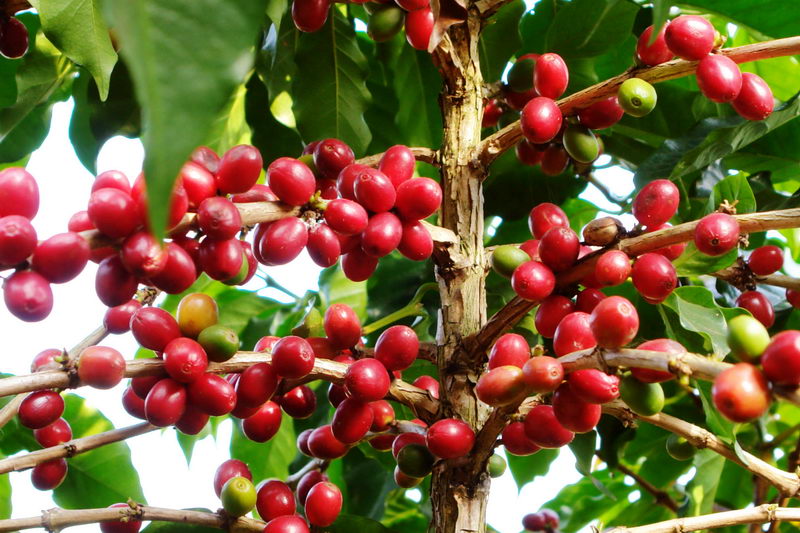
Arabica is only a very general classification, in fact, there are many branches below. Arabica has two derived species, Ironpika and bourbon, as well as its derived varieties, experimental varieties, hybrids and so on. Often heard are Kaddura, Kaduai, Katim and other varieties, numerous. Ethiopia is the largest producer of Arabica in Africa. More than 2,000 varieties under Arabica are derived from Ethiopia's oldest variety of Tibica, which was transplanted to Central and South America or Asia. Ethiopia is a genetic treasure trove of Arabica, and it is estimated that there are at least 2000 varieties, while less than 5% of the varieties belonging to Arabica in Xuancheng, the Ethiopian authorities, have been deeply studied and confirmed in their morphology and habits.
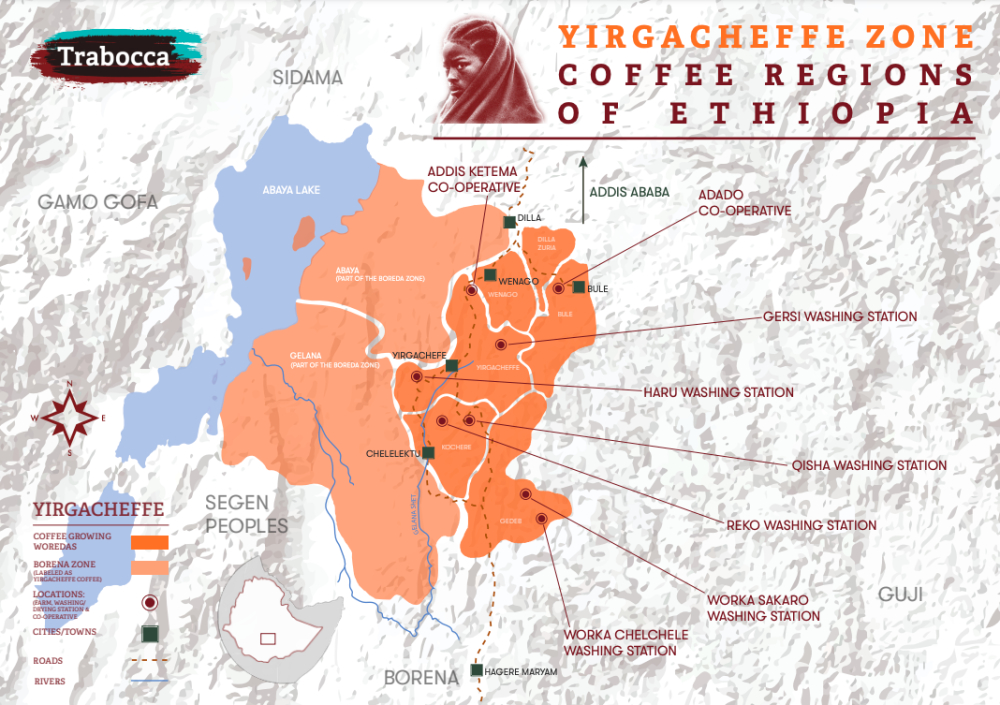
Ethiopia is the largest coffee producer in Africa. Here, coffee is not only an important source of income for Ethiopian people, but also has been integrated into the culture and life of their entire country. According to Ethiopian official data, of the nearly 6.5 million bags produced annually, almost half are consumed by Egyptians themselves, and only about 3.5 million bags are exported to all parts of the world.
Yega Sheffield is the core of Ethiopia, the country of origin of Arabica. It is a coffee producing area that you must know and taste deeply if you love or want to get in touch with fine coffee. Yejia Xuefei producing area is also a large producing area, there are many coffee estates and cooperatives, and the flavor of coffee beans produced in different areas will be slightly different. On the bean list of nearly half of the coffee beans in Qianjie Coffee, there are a number of coffee beans from Yega Xuefei. The Red Cherry Project, the Guotingding Cooperative, the Waka Cooperative, the Kochel, the Konga Co-operative, and so on. Many kinds of Yejiaxuefei beans, including water washing treatment and sun treatment, give friends a variety of interesting experiences.
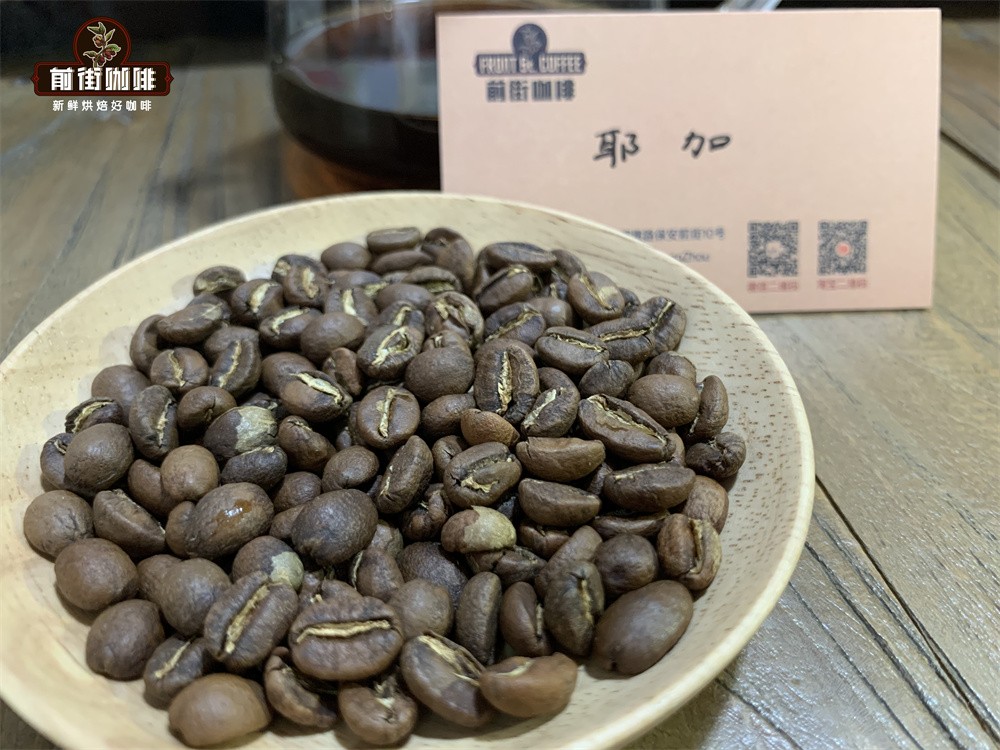
Yega Xuefei coffee beans, which are famous for many ancient varieties, actually contain many coffee beans of different sizes and represent different water content and ingredients. In order to highlight Yejia beans "fragrant, sweet, beautiful fruit acid", every second is testing the ability of the bean baker.
Arabica coffee bean variety
Arabica is the earliest coffee variety found, which is considered to be one of the best quality coffee bean varieties, and it is also the most important coffee bean variety in the world. Arabica is produced in Central and South America, Africa, Asia and so on.
Arabica species usually grow between 2.5 and 4.5 meters, tolerate low temperatures but do not frost, do not have strong drought capacity, large particles, clean flavor, mellow taste and low caffeine. Arabica also has many subspecies, all of which are derived from the oldest Tibika (Typica) in Ethiopia and Bourbon (Bourbon) in Yemen after transplanting to Central and South America or Asia.
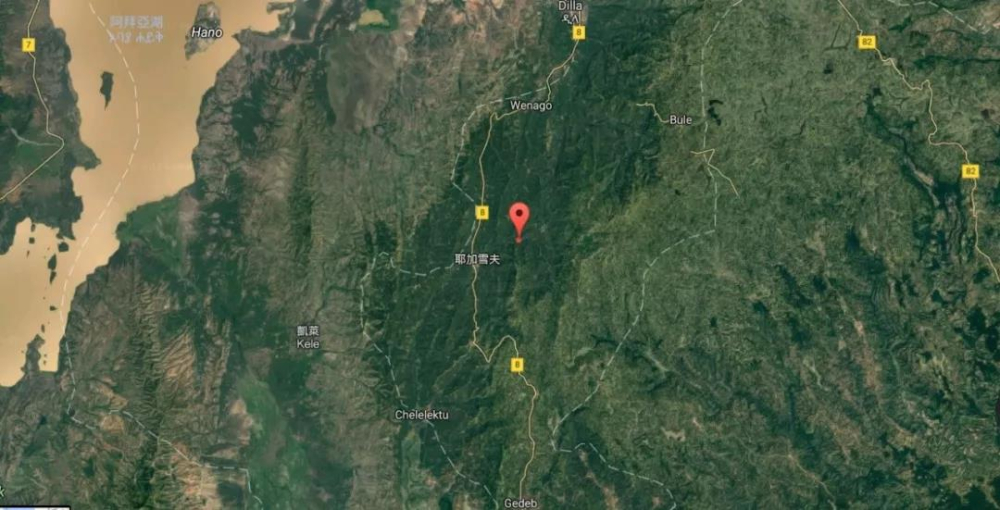
The boutique coffee referred to in the third wave of boutique coffee craze includes four aspects: variety, altitude, treatment and cup test score. Among them, Arabica is the main variety of coffee beans.
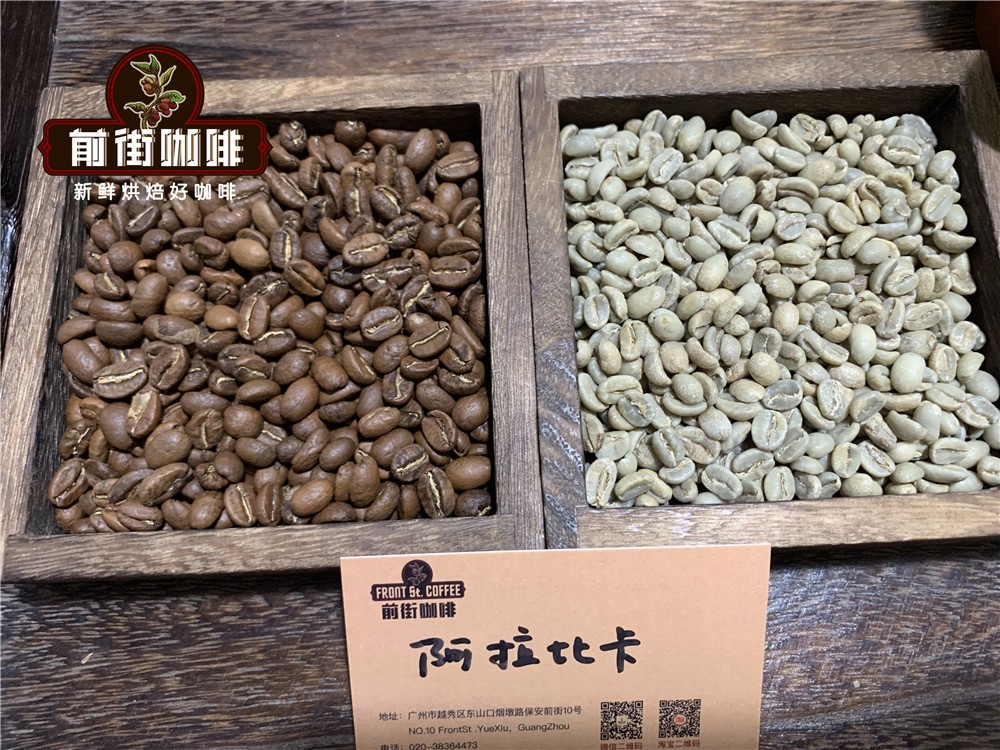
Ethiopian coffee has spread all over the world, whether it is Sidamo, Yega Chuefei and other regions, each has its own flavor and taste. Both Yegashafi and Sidamo belong to the producing areas of Ethiopia, while Yegashafi is a small town in Sidamo province. Sidamo is 2100 meters above sea level and Yega Xuefei is more than 2600 meters above sea level. With the increase of the altitude of coffee cultivation, the contents of amino acids and other aromatics in coffee will increase with the increase of altitude and the decrease of average temperature. Therefore, coffee beans produced in high mountain areas are usually rich in aroma and mellow in taste. Yejashafi Coffee is one of the most distinctive coffee in the world. It is an outstanding representative of African washed coffee and has always enjoyed a high reputation in the eyes of coffee connoisseurs around the world.
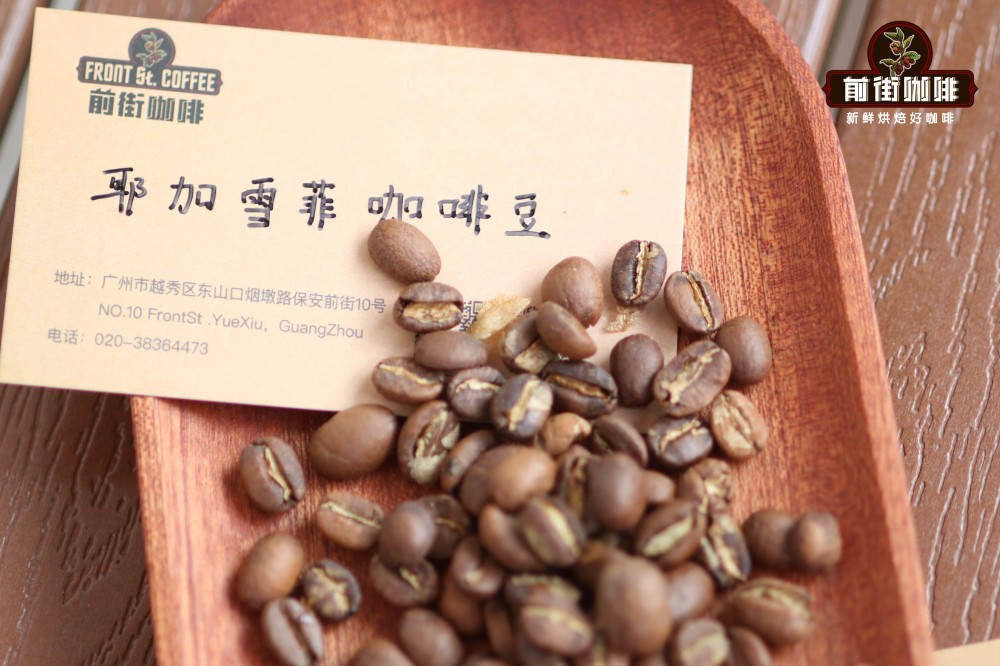
Most of the coffee in Ethiopia is named after the producing area, such as Yega Sheffield Red Cherry, Yega Sheffield Red Cherry, Yega Sheffield Cochel, of course, Yega Sheffield is directly written in Yega Sheffield. Located in Sidamo Province, Ethiopia, with an elevation of 2000 meters above sea level, Yega Xuefei is one of the highest coffee producing areas in the world and is synonymous with Ethiopian boutique coffee. The average temperature of Yirgacheffe is 18.4C, it is cool and foggy all the year round, and the topographical environment and unique planting system provide the best conditions for the cultivation of boutique coffee beans.
Yejia Xuefei coffee bean treatment method
Yega Xuefei uses the oldest sun treatment, but in 1972, Ethiopia introduced Central and South American water washing technology in order to improve its quality, which made the jasmine and citrus fragrance of Yega Xuefei clearer and more refined. It has become one of the best beans in the world. Superb washing technology plays an important role. After the 1970s, it is basically washed, such as: washed Yega Xuefei coffee. However, in the past two years, Yega Xuefen has been out of the ordinary and launched amazing sun beans frequently!
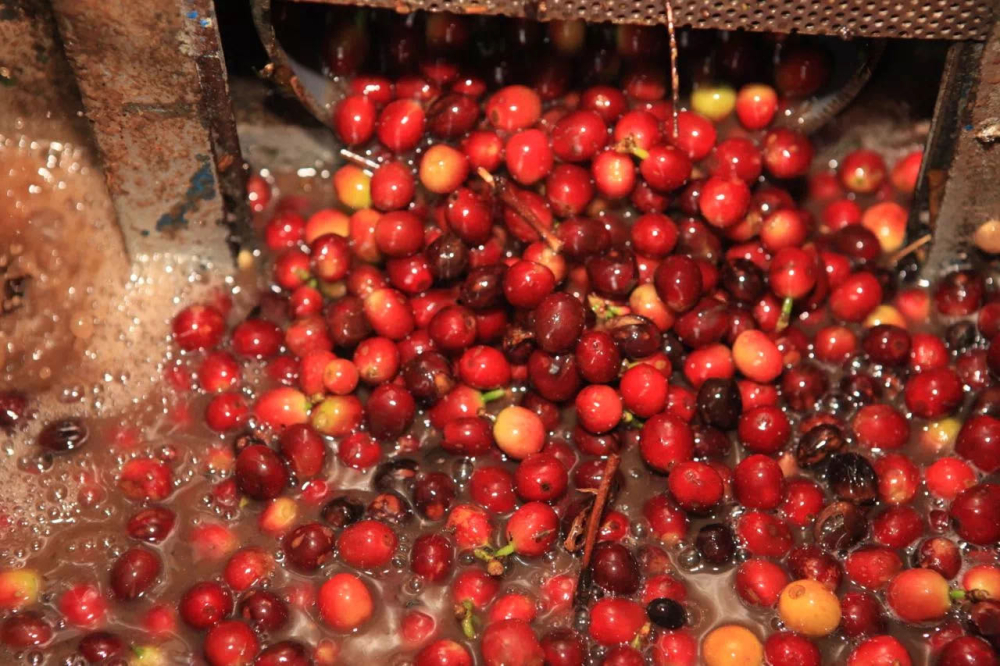
There is a strict standard for collecting red fruits (as a result of coffee trees). Before exposure to coffee fruits, unripe green fruits or defective fruits are removed manually, and damaged or moldy fruits are removed during the sun drying process. after two weeks, the sugar and essence of the flesh and essence seep into the coffee beans, the water content is reduced to 12%, and then scrape the hardened pulp, pectin layer and pods with a planer. Take out the coffee beans and test the density and color of the beans. After eliminating the defective beans, the workers finally picked out the defective beans with the naked eye and screened them layer by layer, thus creating the clean and vulgar nature of Yejia snow caffeine sun-dried beans. Such as: Yega Chevy Red Cherry Coffee.
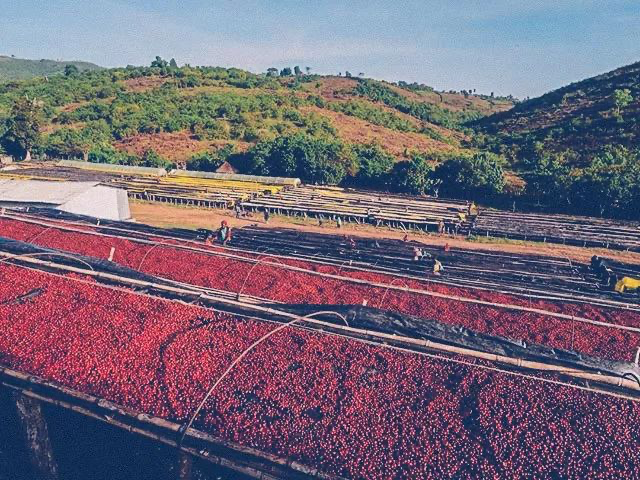
"Red Cherry Project"
Of course, Yega Xuefei also has boutique sun-dried coffee beans, and the red cherry coffee beans on the front street bean list are selected from the sun-treated Yega Xuefei.
In order to improve the income of local farmers in Ethiopia and the quality of coffee, the Dutch trading company Trabocca BV launched the Red Cherry Project (OPERATION CHERRY RED PROJECT) in 2007, mainly aimed at some high-altitude producing areas such as Yegashafi, Ethiopia, to improve the treatment techniques such as washing, semi-washing and solarization, with the participation of professional cup testers, and the harvest season will set different coffee harvests for different microclimate areas. Only 100% ripe red coffee cherries must be harvested and the yield is about 1500-3000KG. The financial support provided by Trabocca, new hardware equipment and production knowledge and technology have greatly improved the quality of coffee beans in the Yegashafi region and even the entire Ethiopian country, which in turn has higher coffee prices, thus increasing the income of farmers.
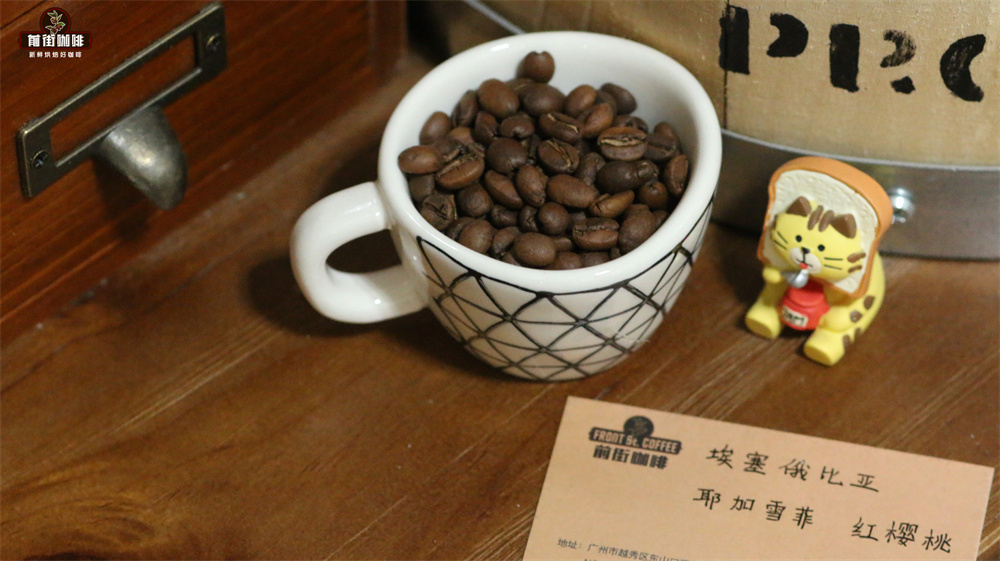
The Yejassefi Coffee Farmers' Cooperative Union (YCFCU) was established in June 2002. it currently has 28 major cooperative members, 44 coffee processing sites and 45094 farmers. According to the Qianjie survey, coffee is the main source of income and way of life in the Yegashafi area. But many farmers lack the tools, training and bargaining power needed to build profitable businesses. As prices fall, it becomes difficult to make a living from coffee, and it is a challenge for small farmers to enter the international market. YCFCU was born in the hope that through better organization and establishing new market connections in the field of boutique coffee, farmers can continue to run their business and gain economic rights.
In front of the street, the parameters of Yega Chefee Coffee:
V60 filter cup, water temperature 90 ℃, ratio of water to powder 1:15, powder quantity 15g, grindability (pass rate of China No. 20 standard screen 80%)
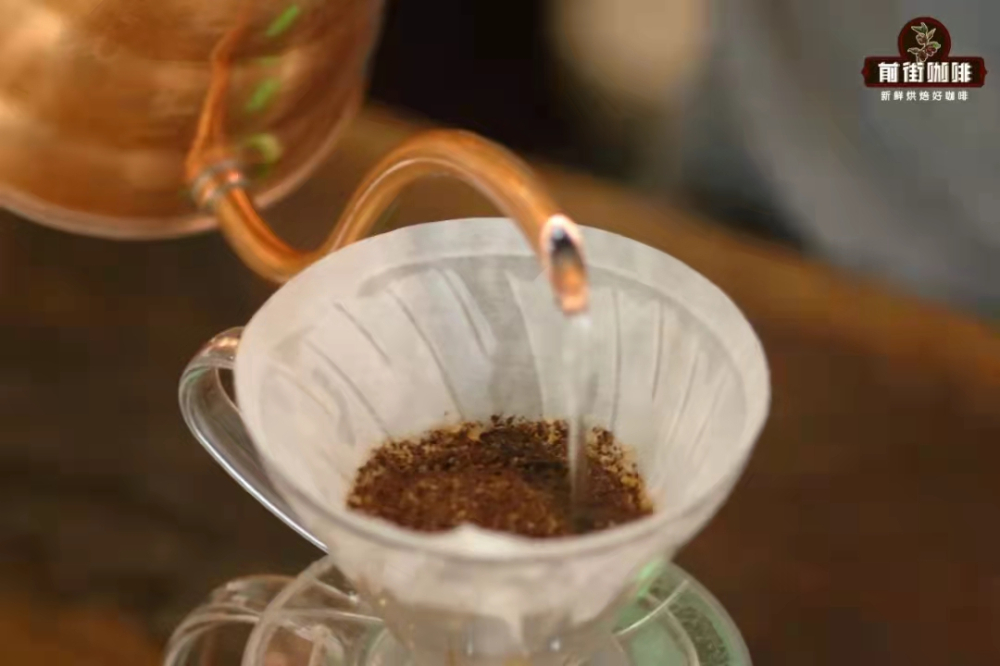
The use of segmented extraction, with twice the amount of coffee powder water for steaming, that is, 30 grams of water for 30 seconds, and the reason for the need for steaming process is to make coffee powder can discharge the internal carbon dioxide gas, so that the latter stage of the extraction is better stable. When the small water is injected around the circle to 125 grams, the injection will be stopped until 225 grams, then the filter cup will be removed after the dripping of the filter cup, and the extraction time will be 2 minutes 39 grams. Next, pick up and shake the whole cup of coffee, then pour it into the cup and taste it.
[washed Yega Chuefei Coffee] the acidity will be brighter and lively, with citric acid, citrus aroma and delicate taste, with a hint of black tea at the end.
[sun red cherry coffee] Berry, lemon, strawberry, fermented wine.
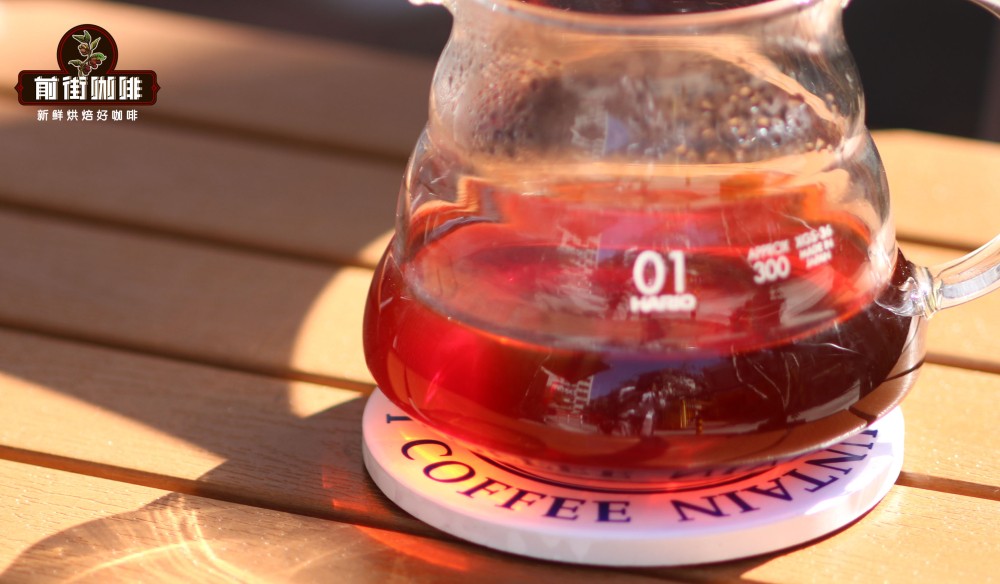
Suggestions for making coffee in front of the street:
No matter what kind of coffee you make, the freshness of coffee beans is very important. Qianjie has always believed that the freshness of coffee beans has a great relationship with the flavor of coffee, so the coffee beans shipped in Qianjie coffee are roasted within 5 days. The purpose of Qianjie roasting is "freshly roasted coffee", so that every guest who places an order is the freshest coffee when he receives it. The bean cultivation period of coffee is about 4-7 days, so when the guest gets it, it is the time when the flavor is the best.
For those who need to be ground, Qianjie warmly reminds you that if the coffee beans are ground in advance, there is no need to raise the beans, because in the process of transportation, the pressure caused by carbon dioxide in the package can also make the coffee flavor round. so you can drink a cup of coffee as soon as you receive the coffee powder. But the coffee powder needs to be brewed in time, because the coffee powder oxidizes more quickly after contact with the air, that is to say, the flavor of the coffee will dissipate more quickly, and the flavor of the coffee is not so good. Therefore, Qianjie suggests buying whole beans, grinding and flushing now, so that we can better taste the flavor of coffee.
Professional coffee knowledge exchange more coffee bean information please follow the coffee workshop (Wechat official account cafe_style)
For more boutique coffee beans, please add private Qianjie coffee on Wechat. WeChat account: qjcoffeex
Important Notice :
前街咖啡 FrontStreet Coffee has moved to new addredd:
FrontStreet Coffee Address: 315,Donghua East Road,GuangZhou
Tel:020 38364473
- Prev
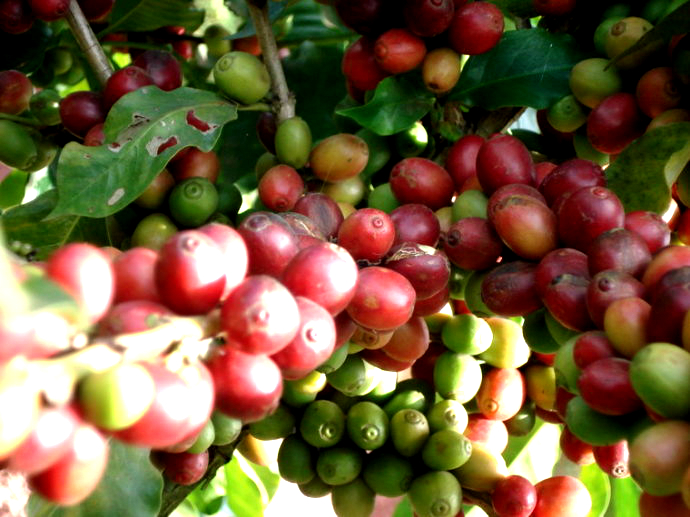
Iron pickup or bourbon? Iron pickup coffee beans iron pickup coffee beans price Sidamo Ethiopia
Iron pickup "Typica" iron pickup, the name sounds majestic and powerful, but in fact it is not so strong. It has a weak physique, poor disease resistance, easy to catch rust leaf disease, and produces less fruit. It is one of the oldest native varieties in Ethiopia, and many Arabica are derived from iron pickups! The parietal leaf of the iron pickup is bronzed, and the bean grain is large, pointed, oval or thin.
- Next
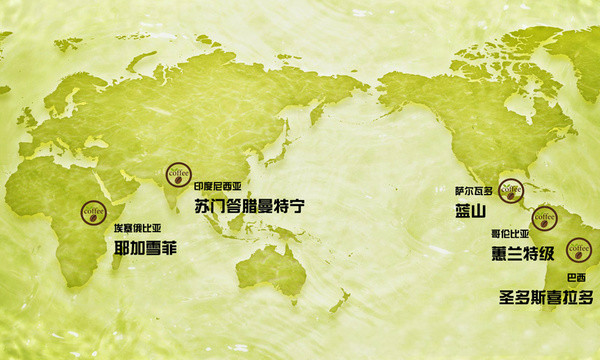
Iron pickup or bourbon? Iron pickup coffee beans iron pickup coffee beans price Ethiopian water wash
Iron pickup "Typica" iron pickup, the name sounds majestic and powerful, but in fact it is not so strong. It has a weak physique, poor disease resistance, easy to catch rust leaf disease, and produces less fruit. It is one of the oldest native varieties in Ethiopia, and many Arabica are derived from iron pickups! The parietal leaf of the iron pickup is bronzed, and the bean grain is large, pointed, oval or thin.
Related
- Detailed explanation of Jadeite planting Land in Panamanian Jadeite Manor introduction to the grading system of Jadeite competitive bidding, Red bid, Green bid and Rose Summer
- Story of Coffee planting in Brenka region of Costa Rica Stonehenge Manor anaerobic heavy honey treatment of flavor mouth
- What's on the barrel of Blue Mountain Coffee beans?
- Can American coffee also pull flowers? How to use hot American style to pull out a good-looking pattern?
- Can you make a cold extract with coffee beans? What is the right proportion for cold-extracted coffee formula?
- Indonesian PWN Gold Mandrine Coffee Origin Features Flavor How to Chong? Mandolin coffee is American.
- A brief introduction to the flavor characteristics of Brazilian yellow bourbon coffee beans
- What is the effect of different water quality on the flavor of cold-extracted coffee? What kind of water is best for brewing coffee?
- Why do you think of Rose Summer whenever you mention Panamanian coffee?
- Introduction to the characteristics of authentic blue mountain coffee bean producing areas? What is the CIB Coffee Authority in Jamaica?

